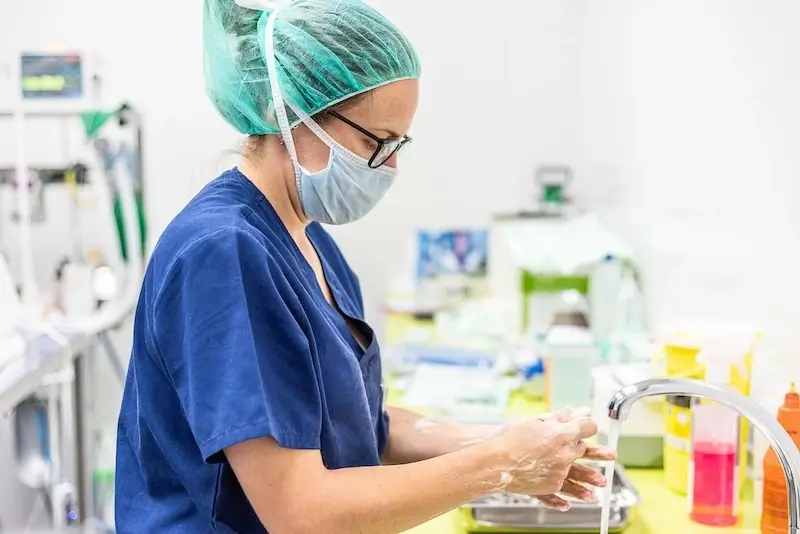Understanding Candida auris: Insights and Prevention LTC
In the ongoing battle against Candida auris, a drug-resistant fungus that poses a significant threat to global healthcare, researchers have made groundbreaking discoveries that shed light on its behavior and offer hope for improved prevention and treatment strategies.
Candida auris was first identified in 2009 and has since become a formidable challenge for healthcare systems worldwide. One of the key concerns surrounding this fungus is its ability to develop resistance to common antifungal medications, making infections difficult to treat.
Recent research has uncovered a multitude of novel genes and mutations associated with drug resistance in Candida auris. This suggests that the fungus has a broader diversity of resistance mechanisms than previously thought, and it can evolve rapidly in response to treatment.
Robust Infection Control Protocols in Healthcare Facilities
Healthcare facilities play a critical role in preventing the spread of Candida auris. Robust infection control protocols are essential to minimize the risk of transmission within hospitals and other healthcare settings. These protocols typically include:
- Rigorous Cleaning and Disinfection: Regular and thorough cleaning of patient rooms, medical equipment, and high-touch surfaces using disinfectants effective against Candida auris.
- Hand Hygiene Practices: Healthcare workers should adhere to strict hand hygiene protocols, including regular handwashing with soap and water or using alcohol-based hand sanitizers. Proper hand hygiene is essential for preventing the spread of the fungus between patients and healthcare workers.
- Personal Protective Equipment (PPE): Healthcare workers should use appropriate PPE, such as gloves and gowns, when caring for patients with Candida auris infections. This helps prevent the spread of the fungus from patient to healthcare worker and vice versa.
- Patient Placement and Isolation: Patients with Candida auris infections should be placed in single rooms or cohorted with other infected patients to prevent transmission. Strict isolation protocols should be followed to minimize the risk of spread within healthcare facilities.
- Surveillance and Screening: Regular surveillance and screening for Candida auris colonization among high-risk patients can help identify cases early and prevent outbreaks. This may involve taking swabs from patients’ skin, nostrils, or other body sites to test for the presence of the fungus.
What You Can Do to safe guard your facility?
While healthcare facilities play a crucial role in preventing the spread of Candida auris, there are steps that individuals can take to protect themselves and reduce the risk of infection:
- Stay Informed: Educate yourself about Candida auris and the risk factors associated with infection. Stay updated on the latest guidance from healthcare authorities and follow any recommendations for infection prevention.
- Practice Good Hygiene: Practice good hand hygiene by washing your hands regularly with soap and water for at least 20 seconds, especially after touching surfaces in public places or healthcare settings.
- Be Proactive: If you or a loved one are receiving medical care in a healthcare facility, don’t hesitate to ask about their infection control protocols and what measures they are taking to prevent the spread of Candida auris.
- Advocate for Safety: Advocate for robust infection control measures in healthcare facilities and support efforts to improve surveillance and screening for Candida auris. Your voice can make a difference in promoting patient safety.
By working together and implementing comprehensive infection control measures, we can mitigate the spread of Candida auris and protect the health and well-being of patients and healthcare workers alike. If you need any support, give us a call!
Have questions or need help? We’ve got you covered.

